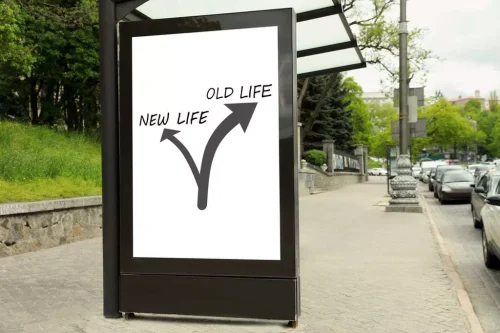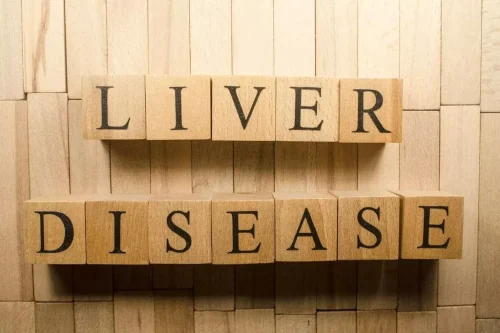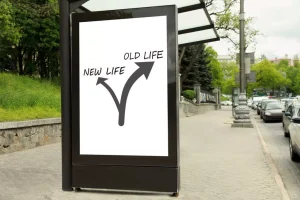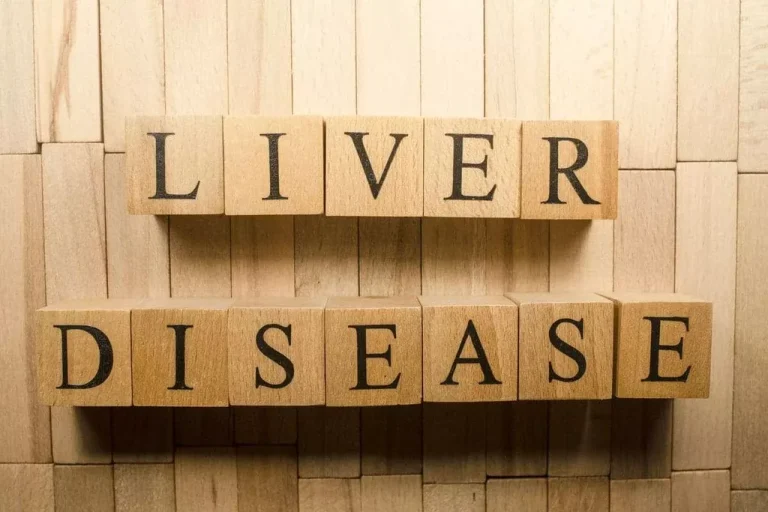Backstage & Influences

Results from our study highlight the complex and differential influences of intersecting identities versus intersecting experiences of discrimination on mental health and substance use outcomes. It is clear that in relation to these outcomes, identities and experiences of discrimination do not yield the same effects. Below, in turn, we discuss the implications of our findings for measurement in health disparities research. We also discuss how our findings inform research on Women and Alcoholism experiences of discrimination for women and men.

Women and Addiction
Preliminary findings in support of Couple Treatment for Alcohol Use Disorder and Posttraumatic Stress Disorder (CTAP) are also promising 45. CTAP is a 15-session manualized intervention which integrates Behavioral Couples Therapy for alcohol use disorder 46 with cognitive-behavioral conjoint therapy for PTSD 47. In a recent open-label trial of CTAP among veterans with co-occurring alcohol use disorder and PTSD, participants demonstrated significant reductions in self-, clinician-, and partner-rated PTSD symptoms, depression symptoms, and percentage of heavy drinking days. Prolonged Exposure (PE) is a highly efficacious, evidence-based, cognitive-behavioral therapy for PTSD 30. Although some studies have included individuals with SUD in clinical trials examining the efficacy of PE to treat PTSD, findings regarding the effect of PE on substance use have not typically been reported 31–33. One study by Schnurr and colleagues reported on the impact of PE on SUD symptoms as a secondary outcome in a study examining the use of PE in comparison to present centered therapy in a sample of female veterans 34.
Domestic violence continues to rise: FWCC

In the case of alcohol, although men usually use alcohol in larger quantities, drink more frequently, and are more hazardous drinkers, these differences are decreasing in the last years, usually in younger cohorts and with women starting drinking at younger ages 12, 13. In this sense, the initiation in the use of opioids is different also; women are more likely to start with a legal prescription for the treatment of pain than men 15. When comparing use of alcohol and other drugs by males and females, a general pattern of prevalence arises. Although men reported somewhat higher overall use of each type of drug, rates for men and women over age 18 for use of alcohol and other drugs were most similar among people ages 18 to 25. Male and female rates for marijuana, cocaine, and heroin use agreed generally with this pattern, but each had unique characteristics that are discussed below (NIDA 1993). Women in treatment for alcoholism frequently have been found to abuse one or more other drugs as well.
- Since timely treatment for HIV/AIDS can virtually eliminate the chance of a pregnant woman passing the infection to her fetus, all women with substance use histories should have an HIV/AIDS evaluation at the first sign of any possible pregnancy.
- Under the best circumstances, such studies would inquire about the use of alcohol along with other drugs, so that the most accurate picture of multiple substance use among women would emerge.
- Much of the prior substance use research with transgender people is geographically limited, and the national research that does exist routinely fails to explore regional differences in SUDD.
- Women have less hemoglobin (a component of red blood cells that carries oxygen to the cells) than men.
- Each additional 10 grams of alcohol (the amount in about one 4-oz glass of wine) per day raises the relative risk of developing breast cancer over a lifetime by about 10%.
- Results from our study highlight the complex and differential influences of intersecting identities versus intersecting experiences of discrimination on mental health and substance use outcomes.
Sexual Orientation
Though experts agree there is a connection between the two behaviors, its precise nature remains unclear. Women with young children need access to appropriate childcare services before they can undergo treatment. They may be concerned about losing custody of their children if they reveal that they have an alcohol problem. Drinking alcohol during pregnancy can cause an array of physical and mental birth defects, and is the leading preventable cause of mental retardation in the United States.


In addition, given that our findings support previous commentaries suggesting increased risk for IPV victimization during the pandemic, we suggest increased use of screening tools for IPV in spaces that primarily serve women, such as obstetrics/gynecology clinics, in order to identify women in need of support. Prior literature has documented more significant risk of substance use for sexual minority women when compared with heterosexual women, and studies also found smaller effect sizes in use among men by sexual orientations 9, 47,48,49,50. For example, data from the National Alcohol Survey suggested that sexual minority adult women had lower alcohol abstention rates and greater odds of reporting alcohol-related problems compared to heterosexual women. The same data showed that few significant differences in use of alcohol and experience of alcohol-related problems existed among men by sexual orientation 49. Moreover, a survey of undergraduate students on drug use showed that sexual minority women were more likely to use marijuana and smoke cigarettes compared to heterosexual women 51.
Social Harm

While men are more likely to drink alcohol than women, and to develop problems because of their drinking, women are much more vulnerable to alcohol’s harmful effects. Discover how many people with alcohol use disorder in the United States receive treatment across age groups and demographics. The former group requires changes in women’s sociocultural patterns and, especially, in the roles attributed to women, but in this case, the change process appears to be more complex than simply introducing appropriate health policies. The barriers identified in the studies point to needs that should be realized to reduce drug use and make it easier for women suffering from addiction to decide on treatment, participate fully in the treatment process, and provide adequate support once completed.
- As substance abuse treatment programs have grown more sophisticated, the treatment offered patients has become more comprehensive and more effective.
- Increasingly, substance abuse is considered a brain disorder that deserves treatment in much the same way as hypertension and diabetes do.
- These drugs can cause severe intoxication, which results in dangerous health effects or even death.
- In the case of nicotine addiction, the response is clearly worse for women 102, except for varenicline, which some studies showed some more benefits of this treatment in women 103, 104.
- It is possible to misuse alcohol but not have alcohol use disorder, such as by occasional binge drinking.
According to reviews of several studies conducted during the late 1980s and early 1990s, there are a variety of adverse effects of cocaine use during pregnancy (Zuckerman et al. 1995; Burkett et al. 1994). Studies reported that cocaine-exposed infants had smaller head circumference; lower birth weight and length; irritability; poor interactive abilities; and an increased incidence of stillbirth, prematurity, and sudden infant death syndrome (SIDS; Bell and Lau 1995). Other studies dispute many previously reported severe effects of prenatal exposure of cocaine on the offspring. Frank and colleagues’ review (2001) of the literature found that the most consistent effects were small size and less-than-optimal motor performance. Eyler and colleagues (2001) found no evidence of the previously reported devastating effects of prenatal cocaine exposure.
-
Search